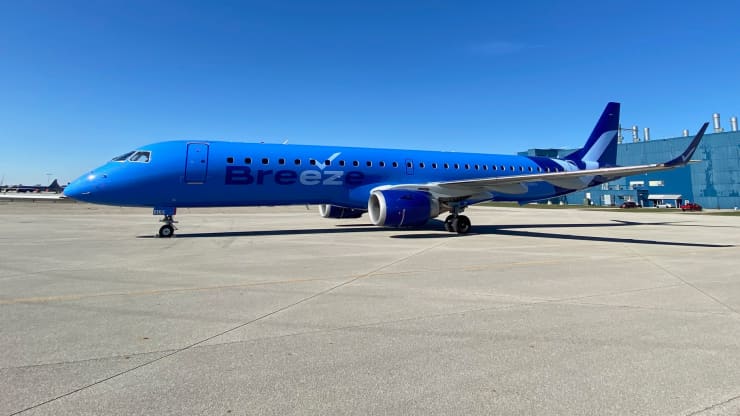Airport chaos: Why only in the West?
July 23, 2022 Leave a comment
It’s a mess, a big mess. That about sums up the state of travel at a number of major airports in the Untied States, Canada and Europe.
Long lines for both arriving and departing passengers, an unprecedented high number of flight delays and cancellations, and missing luggage.
After two years of the COVID-19 pandemic during which thousands of staff have been laid off, now both airports and airlines are facing recruitment problems to beef up their numbers to cope with the surge in demand for travel as the rules restricting travel are being relaxed.
Not helping, both parties are blaming each other for the mess.
Some airports including London Heathrow and Amsterdam Schiphol Airport are imposing a cap on the number of passengers that they can handle each day. Heathrow limits it 100,000 passengers a day and Schiphol to 60,000.
This has drawn criticism from the airlines, which call the ruling unreasonable and unacceptable.
Emirates Airlines for one has said they will not comply with Heathrow’s ruling, seeing no reason why they should suffer for the inefficiency of the airport when they “are fully ready and capable of handling our flights.” The Middle-East airline said “the crux of the issue lies with the central services and systems which are the responsibility of the airport operator.”
Director general of the International Air Transport Association (IATA) Willie Walsh called it “a ridiculous thing” for an airport to say to an airline to stop selling seats. H added: “I am surprised Heathrow have not been able to get their act together better than this. Airlines have been predicting stronger traffic than Heathrow has been predicting… they clearly got it completely wrong.”
Heathrow countered that the airlines have not prepared early enough for the surge in travel and that they are not prepared to pay the going rate for hire. More than half the ground handlers in Europe have left the workforce.
In Canada, some people are blaming the cumbersome COVID checks procedures at security as one of the reasons for the long lines, allegedly up to four hours in an extreme case. The airlines are encouraging passengers to report at the airport, but the authorities say this only exacerbates the problem of congestion.
American Airlines has cancelled 1,175 flights in July and August to allow “buffer” in its schedule to minimize disruptions. It is not alone. United Airlines is reducing flights for the remainder of the year to similarly “create more buffer into the system” to stay resilient, according to its CEO Scott Kirby. Delta Air has also cut back flights.
In the end, the passengers are the ones to suffer, having their travel plans disrupted. Many of them have been left stranded when their flight delays are cancelled, missed their connections and arrived without their checked luggage.
A curious question to ask is why the chaos is happening in North America and Europe but not
elsewhere in the world? Perhaps, not as yet as IATA warns that there are signs that Australia may be next.
Perhaps it is the good fortune of these other regions that the surge in travel rebound is not as robust. They can therefore learn from the North American and European experiences.
But it speaks a lot about being prepared, which is puzzling how the operators in the west seem not to be. To make matters worse, particularly in Europe, they are prone to crew and ground staff going on strike in the summer months because it is when it hurts most.
Biting off more than one can chew has its undesirable consequences.
















